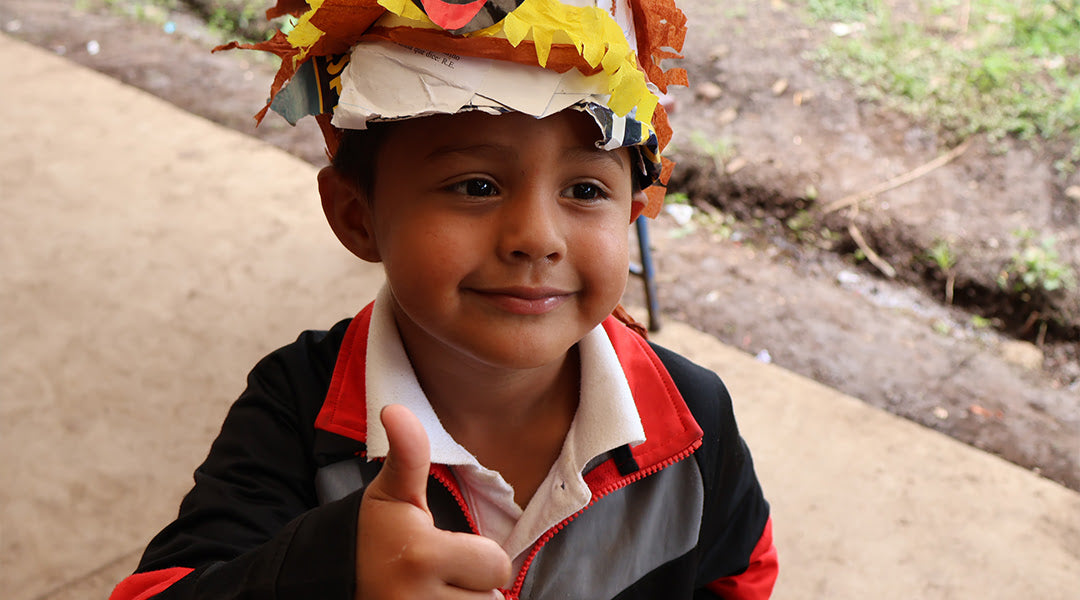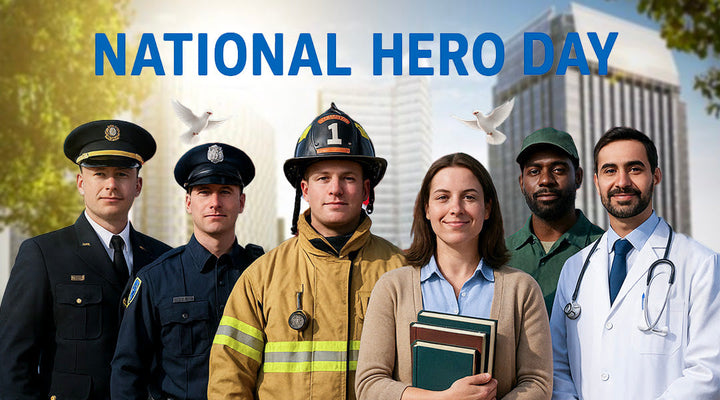
Letting Kids be Kids––Empowering Communities Through Education
This past spring we, here at Lifeboost, were privileged to be a part of something very dear to our hearts––the building of a school, La Bailadora. Through the efforts of Project Alianza, La Bailadora was finished in March 2023 and serves a huge need for a small community in rural Nicaragua, with over 160 students attending.
While we have previously posted blog articles and social media updates on the school build for our Lifeboost community, this June, I was given the amazing opportunity to go and see this impact in person. If I was asked to sum up my experience in just a few words, anything less than “life changing” would fall short.
A few weeks ago, I traveled to Nicaragua to meet the team behind Project Alianza’s efforts, where I also met with (and danced and played with) students across the communities, and sat with teachers and families. Each person I met opened their hearts to us, never hesitating to share their life story or a meal with complete strangers and outsiders.
While there feels like an endless list of stories, ideas, impacts, and opportunities I could share with you (many of which we will be sharing in the upcoming months), today I wanted to focus on something that felt central to every school we went to, every person we spoke with, as well as the efforts of Project Alianza themselves: community.

Sometimes…It Takes A Village
Our partner, Project Alianza, has impacted over 163,000 students through their efforts in Central America, with 78% of their fourth grade students achieving literacy. To give you some perspective on how staggering a success this number is––the regional averages for the areas Project Alianza serves are less than 60%, and sometimes as low as 40% in certain regions.
Project Alianza not only builds schools, but they provide scholarships and access to skills and training for girls across rural communities. Most importantly, out of all the work they do, Project Alianza sets up the communities they are involved in for long term success.
How do they do this?
By working with each of the unique communities’ needs and desires and helping the communities take ownership of their own education and futures.
Throughout each step of the process, from the building of the schools to the training of teachers to the scholarships offered, community remains at the heart of Project Alianza’s impact on education.

La Bailadora
As our past blogs have mentioned, one of the school projects Lifeboost was able to be a part of was La Bailadora. La Bailadora is located in a small rural village near San Ramón where access to education is limited and the Nicaraguan government provides little to no funding for support. The story of how Project Alianza became involved in building La Bailadora stands out to me because, in my opinion, the story of this small village and their school demonstrates the very meaning of a word such as “community.”
Community is not just people living near each other in the same region or city, but can also be a bond formed through shared ideas, hopes, and dreams. My brother once defined our own community as an “extended family,” our support system filled with people fighting for us to succeed with everything we worked towards achieving.
The community surrounding students attending La Bailadora did just that––fought for their children’s dreams and found a way to give them greater opportunities.

This project first began when Project Alianza was building a school in a nearby region. Through word of mouth, the families in the village of San Ramón heard of the work Project Alianza was doing for other communities and took the initiative to reach out, asking for help.
Kids wanted to learn, to go to school, and their families wanted their kids to read and have better opportunities. But, the village of San Ramón was faced with a school that didn’t meet basic safety requirements, an inviting learning environment, or even basic hygienic needs.
The village school was overcrowded, with over 150 students crammed into a single room. Teachers could not maneuver around the desks to assist children with questions or to monitor work being done. The kids could not participate in interactive activities as there was no space to get up and work in groups.
Even more, the building itself had no ventilation––causing the room to be too hot for a productive learning environment. There were no windows or electricity, causing the room to be too dark for students in many cases to not even be able to read the papers or text in front of them.
The families of these children recognized the need for change, expressing the community’s and the kids’ deep desire for an education. Working with Project Alianza’s Central American Program Director, Amalia Castellanos, the village formed a local committee to outline their vision for the school.

Through partnerships, such as with Lifeboost, Project Alianza was able to build a second building for students and additional classrooms. This has enabled teachers to work with students of different ages and literacy levels more directly.
Project Alianza also remodeled the original village school, adding windows for light and ventilation, fixing the roof for protection against the rain, as well as adding bathrooms which were not only secure but much more hygienic.

Impact
During my visit, we pulled up to the school unannounced and were met by a family whose daughter was attending the new La Bailadora school. They each told us how different it was to go to school there now––it was less hot and they were able to learn with different groups of students.

We spoke with other families in the village, all expressing their gratitude and happiness for the students’ ability to learn in a safe, hygienic, and vibrant environment. The school was now filled with fun games and activities, with the kids' laughter and joy bringing life to La Bailadora.
On our way out of the village, we were able to sit with one of the school’s teachers as it is not just the kids who are impacted by the new school. The community is filled with women who have been teaching (often unpaid) for generations in an effort to bring education to their children.
For this teacher, the biggest change La Bailadora brought was seen in the kids. She loved how excited they were to simply learn again. The teachers were able to do interactive, fun activities and she saw how much the students were benefiting from a versatile learning environment.
While the school remodel is still fairly new, it might be a few more months before Project Alianza has the data to measure the quantitative impact they have made, however, the impact is clear through the expressions and joy felt throughout the entire village. There is a profound love and protection the community feels over their school; over La Bailadora.

Community Effort
For us at Lifeboost, and I am confident the team at Project Alianza will feel the same way, the success of these schools has very little to do with us. While the finances and tools might be provided to create a foundation for education in these rural regions, the 78% literacy rate, growing graduation rates, and increased retention comes ultimately down to the communities where these schools are located.
Just like the locals in San Ramón who took action on behalf of their children, each village we visited in Nicaragua demonstrated a deep desire for an education. These families use their own hands to help to build the schools, work with Project Alianza to create programs custom for their needs, and they are the ones who are seeking better opportunities for future generations.
By empowering communities to take ownership of their own, as well as future generations’, education, Project Alianza’s work has already made significant changes in individuals’ lives and the mindsets of young men and women throughout these regions.

We, at Lifeboost (and myself personally), are humbled to be even a small part of what Project Alianza and these communities are building.
To get our own coffee community more involved, in the upcoming months we will be exploring more about Project Alianza’s scholarships, their work with young girls and women, the surrounding Nicaraguan coffee farms and their impact on the local communities, as well as the Project Alianza team themselves!
Disclaimer: Beginning in 2025, Lifeboost Coffee primarily sources our coffee from farms in Honduras. Our practices of fair wages, sustainable growing methods-from shade to zero chemicals-all are still a part of our operations and are key to what makes our coffee health, delicious, and ethical. Only our farming locations have changed so that we can continue these ethical practices while also meeting our customer demands.

Shannon is the Content Strategy Manager here at Lifeboost Coffee, bringing over ten years of writing and management experience to our team. Throughout her career she has crafted articles about a wide range of topics including communities and culture, recipes, health and wellness, the environment, and, of course, coffee.










